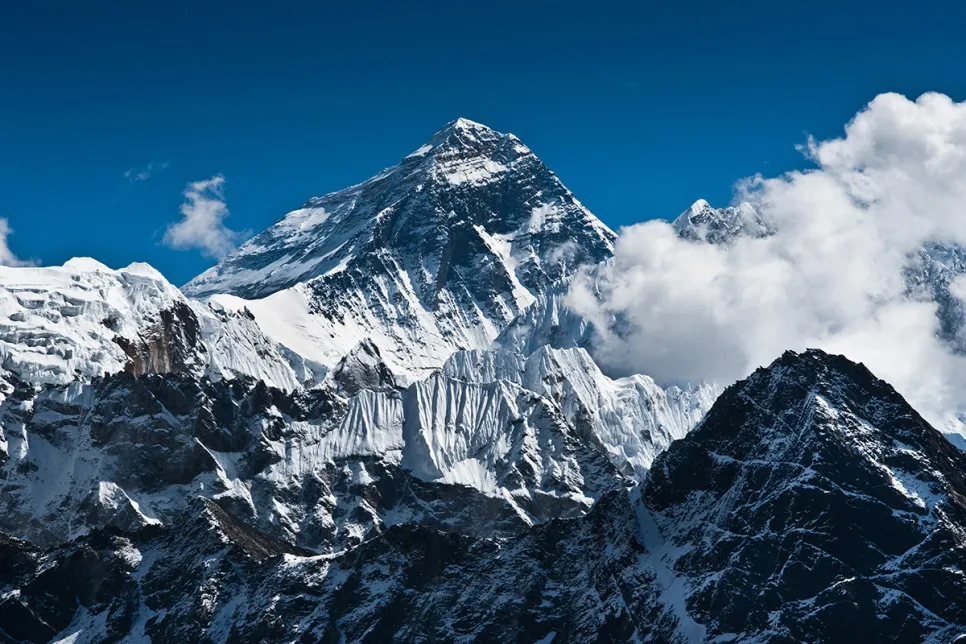EU Council Backs Digital Euro
The European Council agreed to enable the introduction of a digital euro by better clarifying the legal tender status of euro cash.

Glacial calving high up in the Himalayas caused a flash flood in the Indian state of Uttarakhand that killed dozens and washed away new dams and bridges. Calving - the breaking away of large chucks of ice from a glacier - is not typical in winter, so but it is likely that global warming has played a role in the disaster. As The New York Times reports, glaciers in the region are shrinking fast, elevating the risk of floods and landslides. The Indian government ignored warnings about the region's environmental instability when it went ahead with the now destroyed hydroelectric developments.
The fact that Himalayan glaciers are melting is also seen in data by the World Glacier Monitoring Service, which collects standardized observations about the changes the world’s glaciers are undergoing. Selected glaciers in India and Nepal display the typical patterns of glacial melt occurring in the Himalayas in recent years. Between 2016 and 2018, glaciers in the region lost the equivalent of 0.5 to 2.5 meters in thickness across their whole surface areas per year. 2019 proved a slightly better year for glaciers in India, if not in Nepal. Some Indian glaciers gained the equivalent of around 20-50 centimeters that year, while losses of more than one meter per glacier continued in Nepal.
Glacial melt does not only increase the risk of disasters through calving, increasing the risk that large ice chucks hit rivers of meltwater and cause flood surges. Meltwater from retreating glaciers can also form lakes or be stored inside the glacier, which carries the risk of spontaneous bursts as well. Additionally, the melting of glaciers poses threats to biodiversity and freshwater supply while also contributing to rising sea levels.